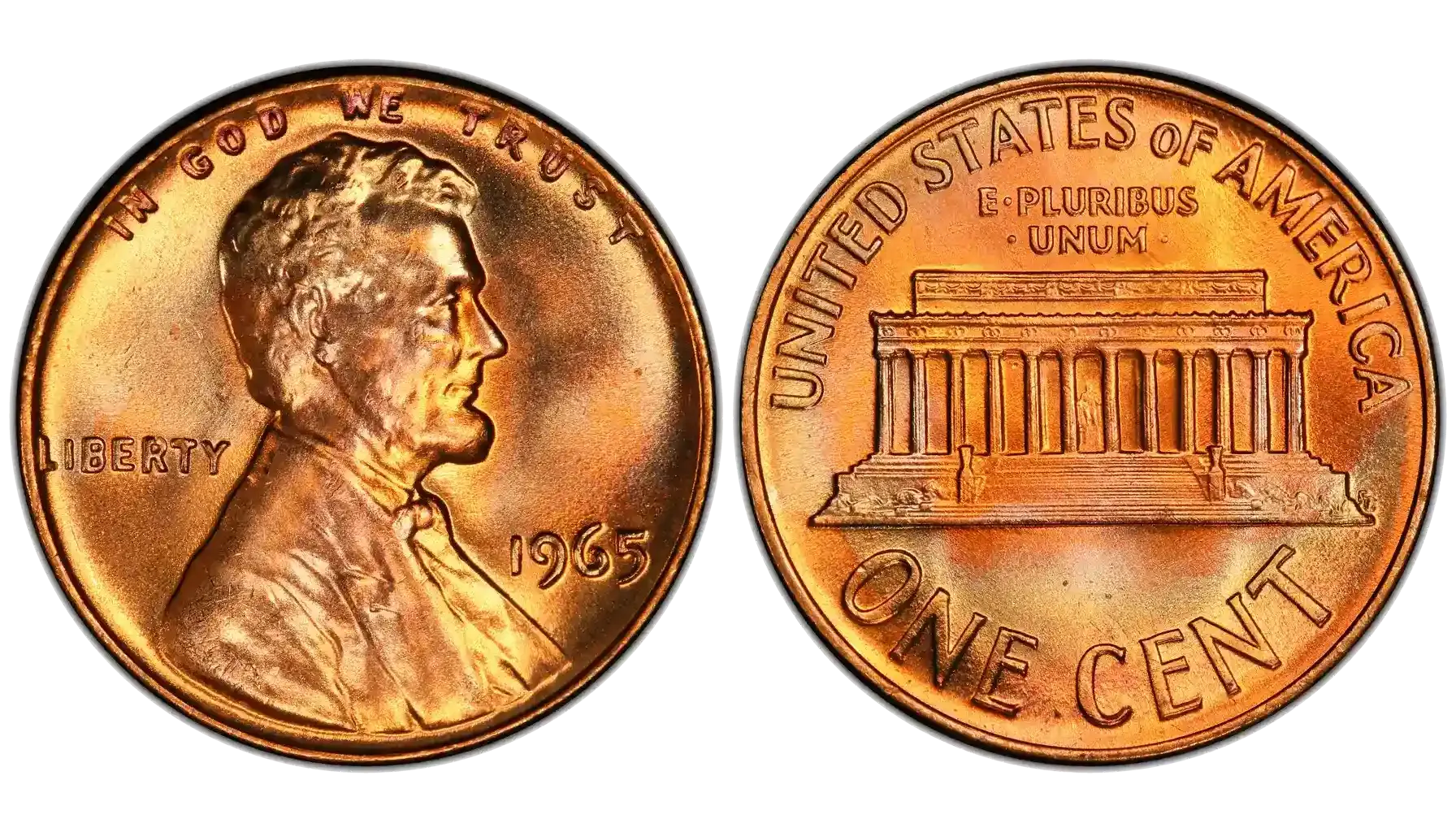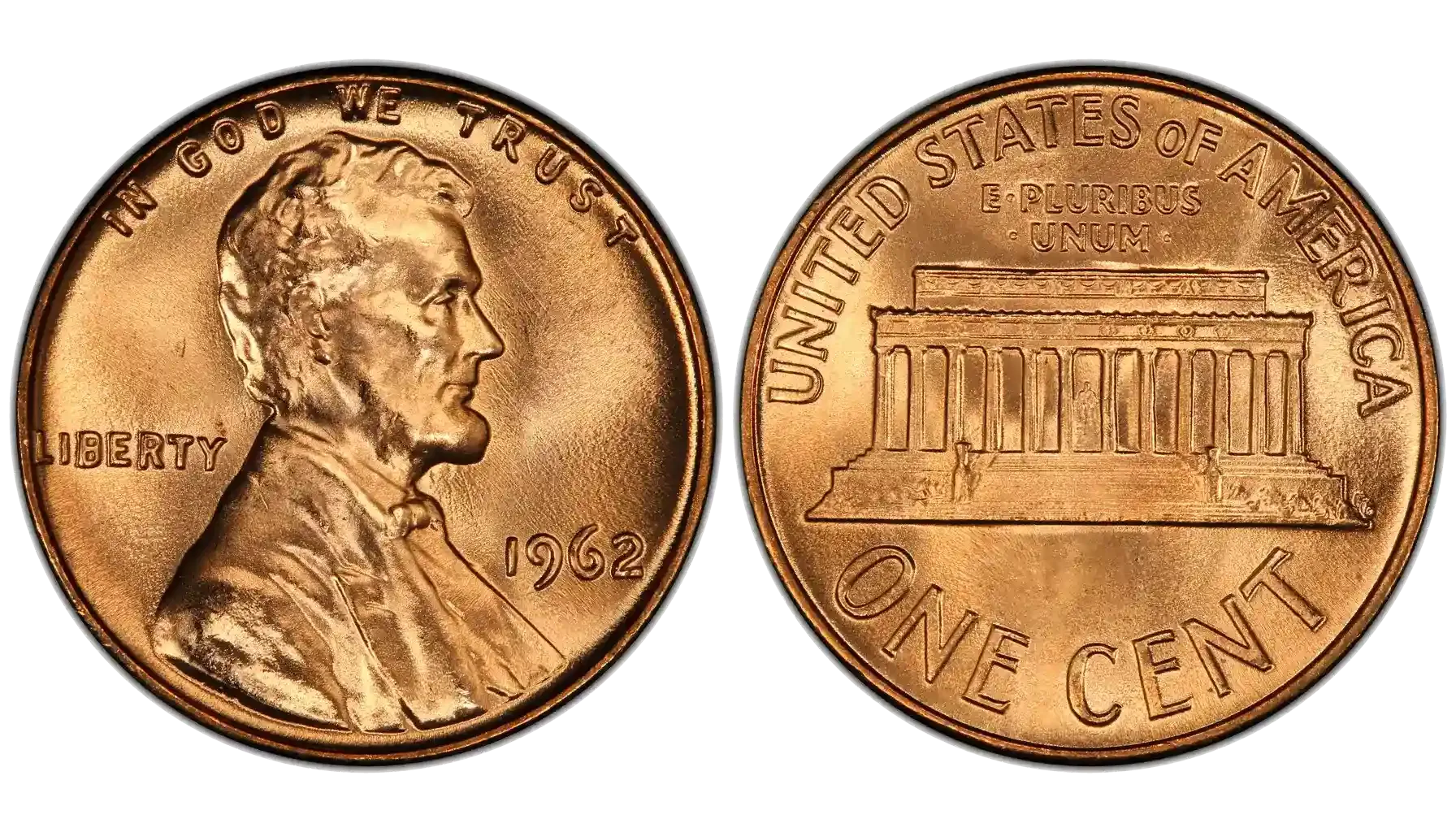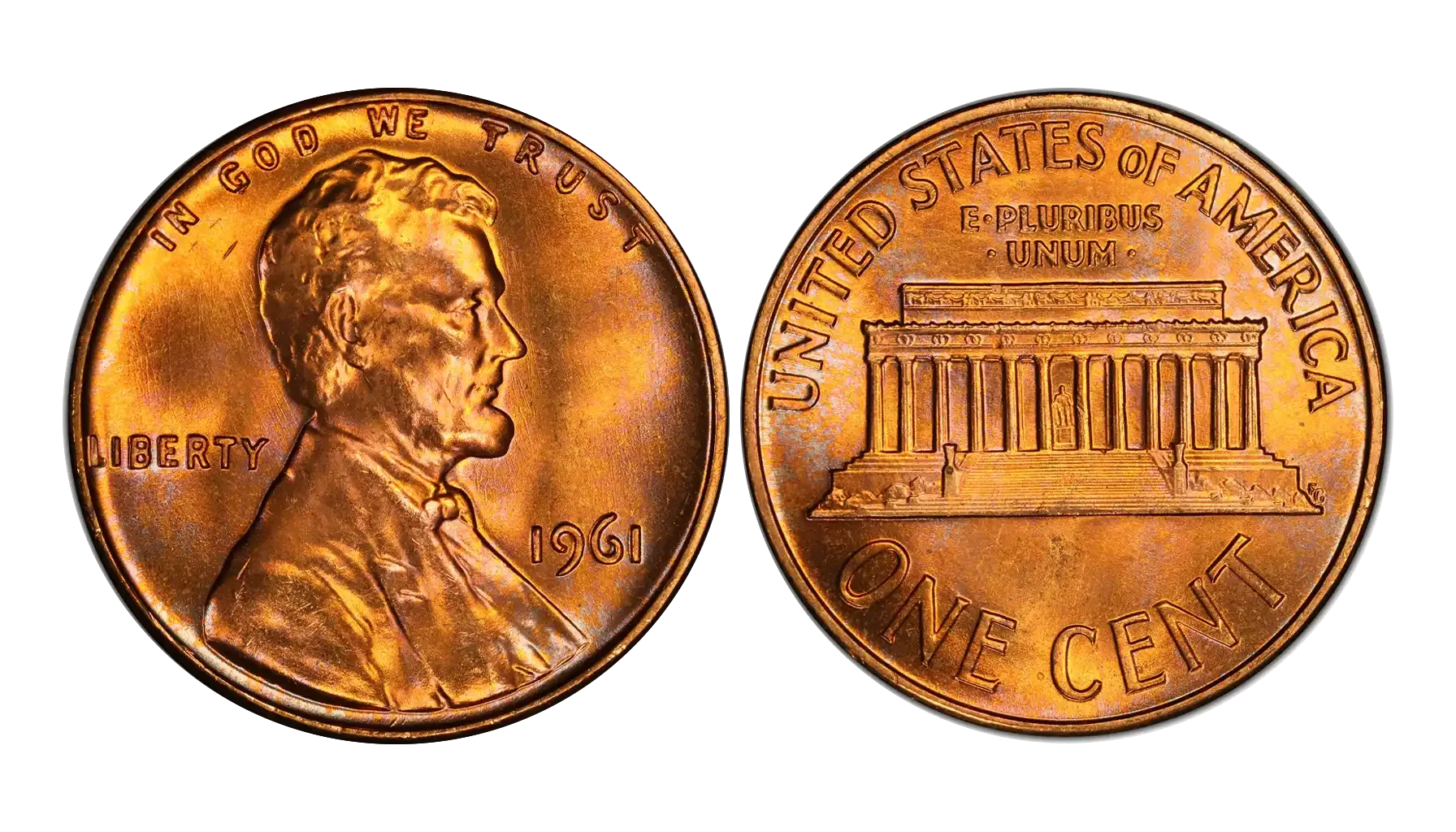Contents:
The 1963 nickel is a true representative of both the rich history of American currency and the legacy of one of the Founding Fathers, i.e., Thomas Jefferson. Although it can be extensively found in circulation today, some of its variations represent a collectible part of American coinage (the one that is hidden from the eyes of those not involved in numismatics).
Like many coins from the mid-20th century, the 1963 Jefferson nickel holds more potential than its face value suggests. So, let us check coin value, explore the main features that differentiate this instance from the others, and understand which tool to employ in this coin-centered way.
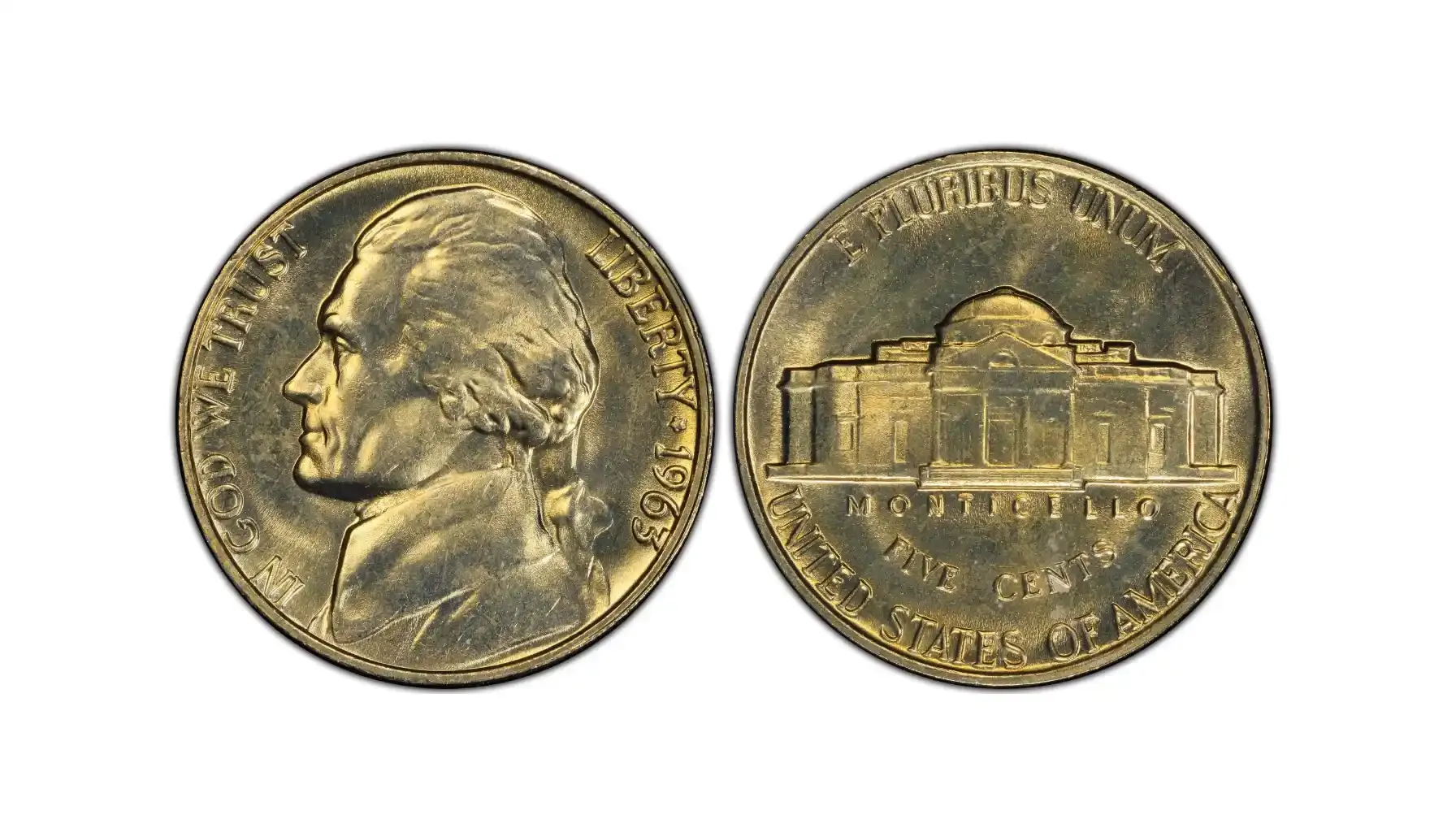
What About the History of Jefferson Nickels?
The Jefferson nickel was initially released in 1938, and it was meant to replace the iconic Buffalo nickel in circulation (check out more about 1936 Buffalo nickels). The coin, which was created by artist Felix Schlag, bears a picture of Thomas Jefferson's Virginia residence, Monticello, on the reverse and a portrait of Jefferson on the obverse side.
It is hard to diminish the contributions of Thomas Jefferson, a person who took a major part in the formation of a country and the development of the United States Declaration of Independence. This is why it was vital to cherish an iconic figure who made it possible for a nation to thrive.
The history of this coin was quite captivating. Just imagine: it managed to survive the Great Depression, World War I, and World War II, yet with slight changes to endure. To accommodate the needs of those times, the US Mint was forced to alter the composition of its currency. For instance, during World War II, nickel had to be replaced with other metals so as to conserve it for the war effort. As a result, they contained silver instead.
However, it did not take long to come back to its original composition in the end. By 1963, it had returned to its original mental content of 75% copper and 25% nickel (until its next significant revision in 2004).
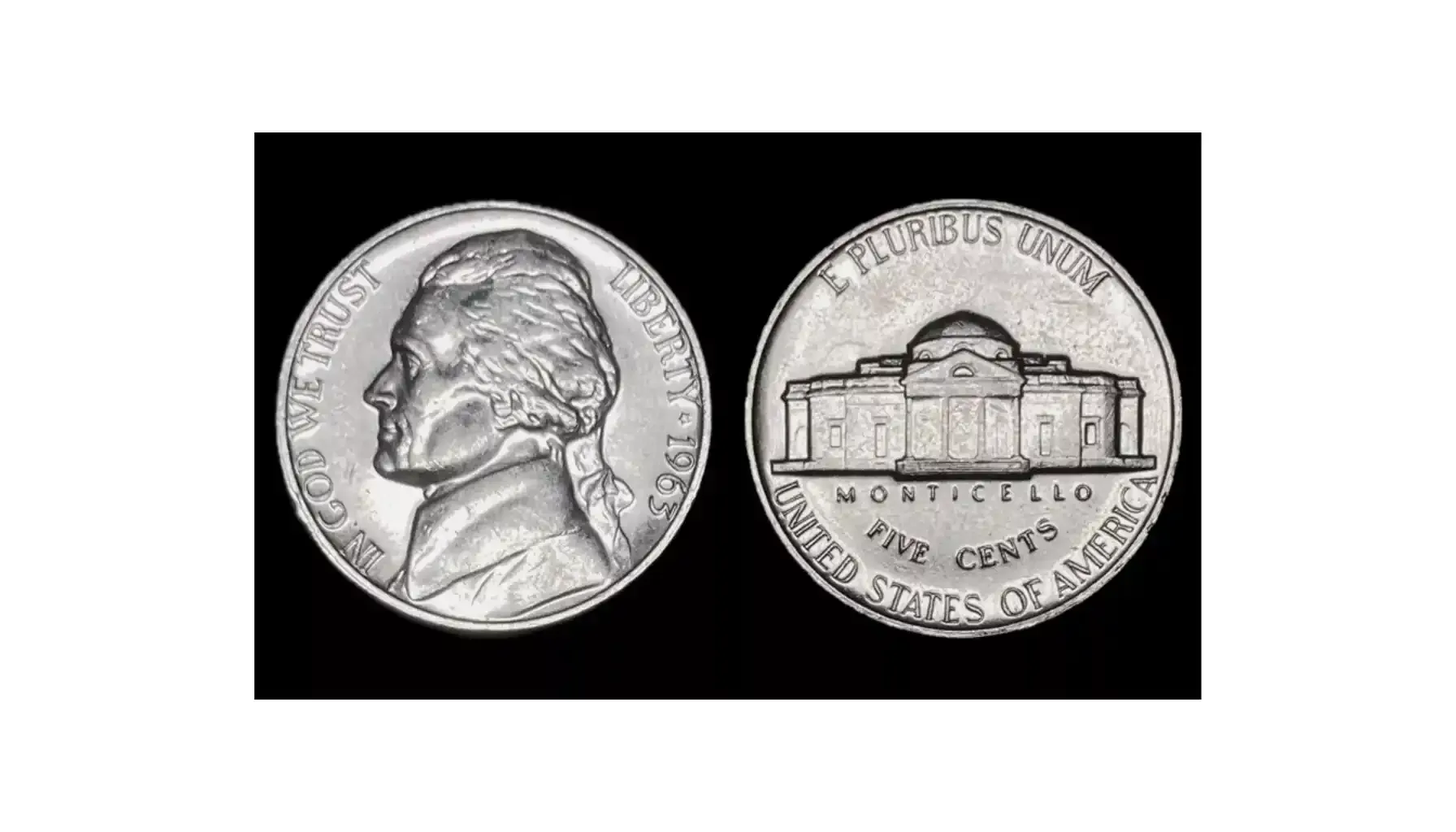
Unique Design of a 1963 Nickel
The design of 1963 is indicative enough to become a symbol of American coinage: the images introduced by Felix Schlag in 1938 remained mainly unchanged for decades. To be more precise, the obverse side of the coin features a portrait of Thomas Jefferson facing left (inspired by an 18th-century bust sculpted by Jean-Antoine Houdon), with the inscriptions "IN GOD WE TRUST" to the left and "LIBERTY 1963" to the right.
The reverse side, on its part, displays Jefferson's Virginia estate, Monticello, with its distinctive dome and columns intricately positioned on the coin. The inscriptions that also appear include "E PLURIBUS UNUM" above the building, and "MONTICELLO," "FIVE CENTS," and "UNITED STATES OF AMERICA" placed below. Nevertheless, some details make this instance unique and raise the 1963 nickel value anyway.
As for special designations, we should definitely mention Full Steps (FS), i.e., a term used for coins where the Monticello steps are sharply defined and well-formed. Others are also sought-after, yet exceptional quality is always a must.
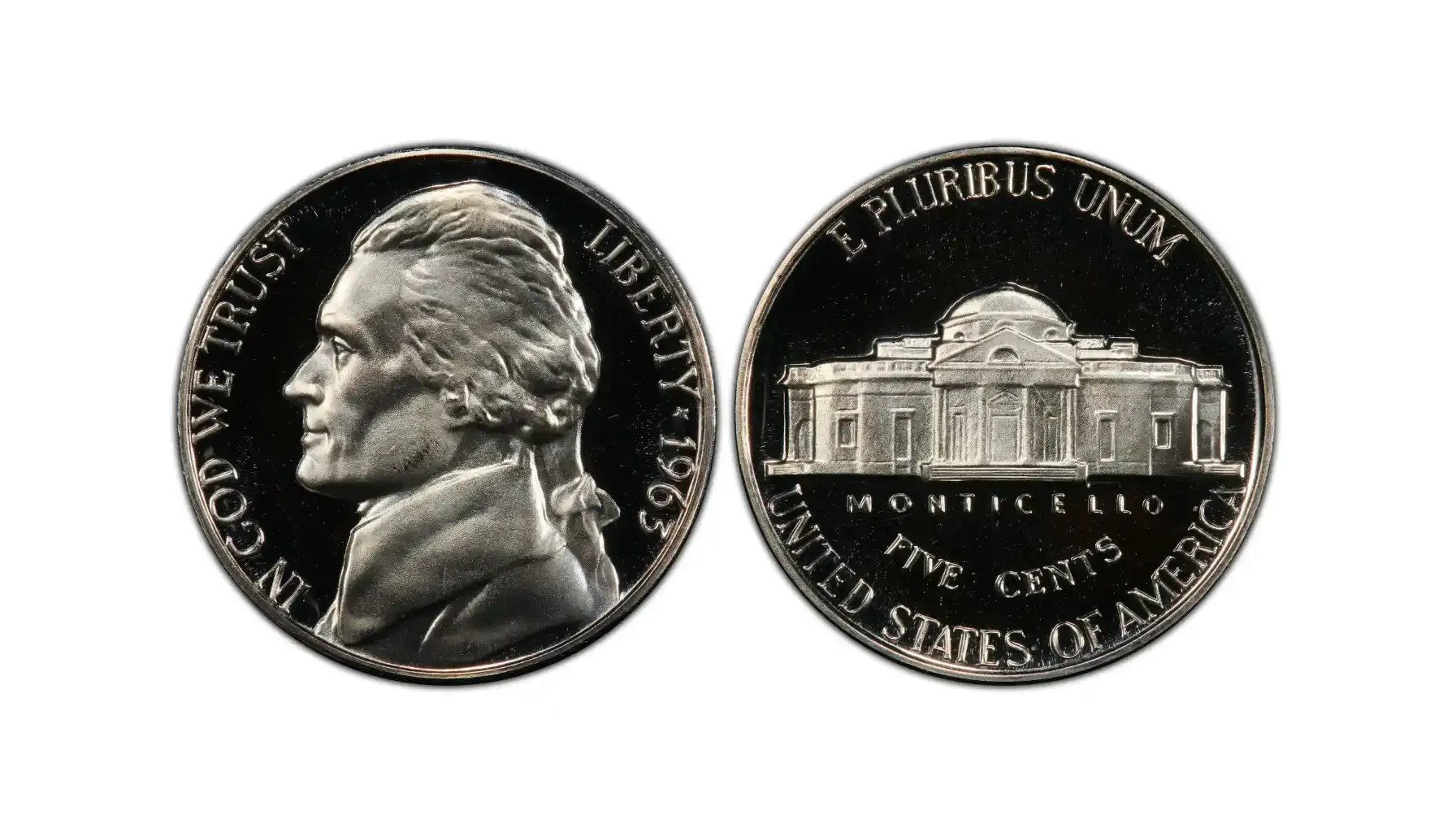
Mintage Figures to Note
Like other coins minted in the series, these were produced by two major Mints, i.e., those located in Denver and Philadelphia respectively. Here is what can be derived from the official sources and the PCGS auction guide:
1963 Nickel No Mint Mark – Philadelphia Mint: Approximately 178,851,645 coins were produced.
1963 Proof Nickel – Philadelphia Mint: There were released only 3,075,645 coins minted specifically for collectors and those who intend to appreciate (and never use) these assets.
1963 D Nickel – Denver Mint: A bit higher number of 276,829,460 pieces were struck there in 1963.
Notable Errors and Varieties
Imperfections do not actually mean something. Instead, this usually makes ordinary coins unique, exclusive, and a bit more enthralling. The 1963 nickel errors are no exception. These often include die cracks, off-center strikes, repunched mint marks (RPMs), and double die obverse (DDOs) – all the common deviations that may happen with every coin released. They tend to occur during the minting process and can greatly increase the 1963 nickel worth for good.
A great example may be provided with the 1963 5C Jefferson Nickel Struck on Cent Planchet Mint Error. This rare mistake may originate when a blank copper planchet (intended for a Lincoln cent) is involuntarily taken into the press and struck with the Jefferson nickel design. As a result, these error coins appear smaller in diameter, have a copper-red color (instead of the typical nickel-silver tone,) and regularly feature missing design details near the edges.
Related article: 1941 Jefferson Nickel Value.
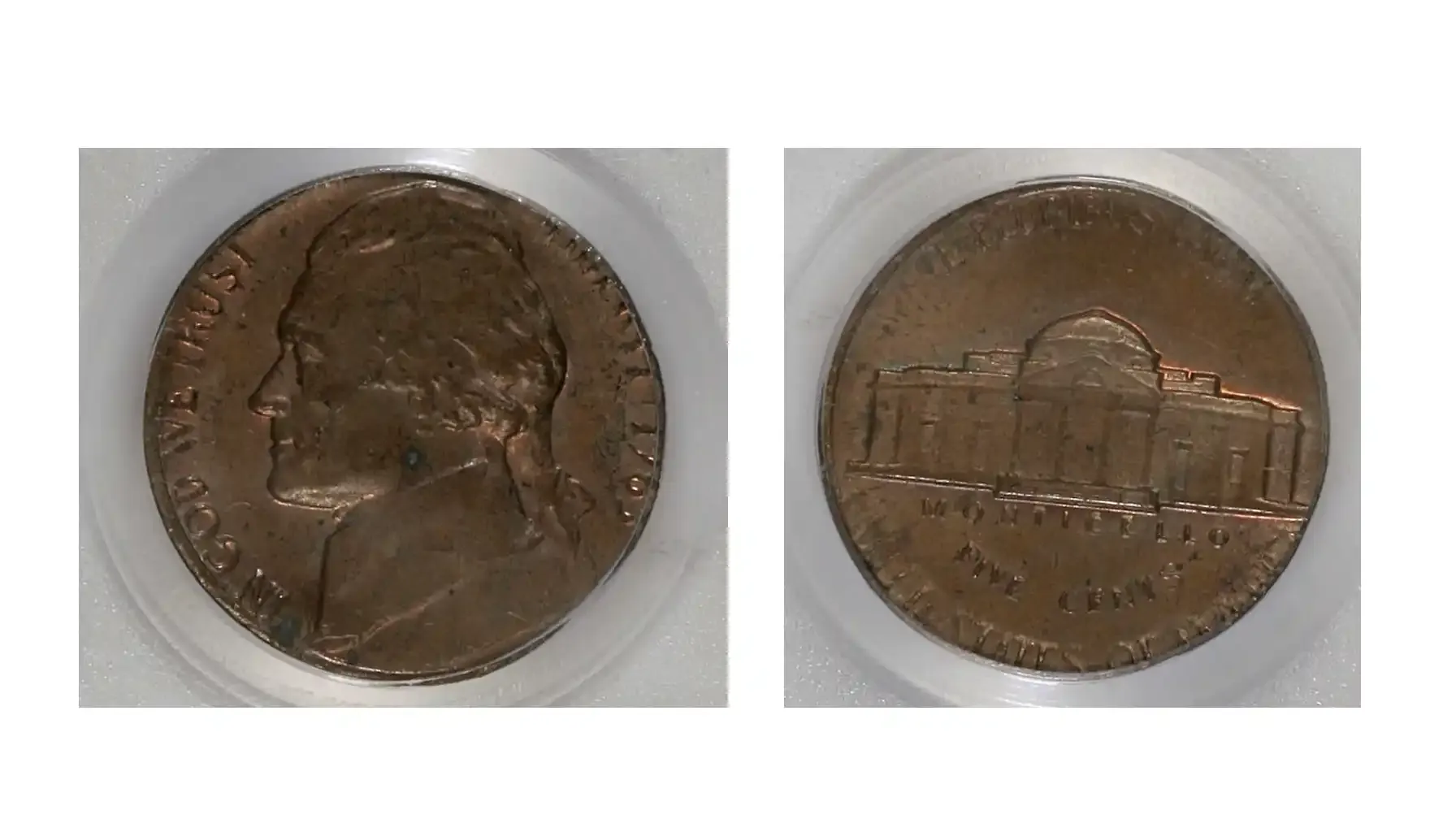
Grading and Condition: How Much Is a 1963 Nickel Worth?
How much is a 1963 nickel worth? This is a question that does not have a universal answer. Each coin, each variety has its own potential in the market, which is determined by a few factors, e.g., mint mark, condition, strike quality, current demand, etc. In general, these are the approximate 1963 nickel values today (the highest grades inserted).
Type & Strike | Grade | Approx. Value |
1963 No Mint Mark Regular Strike | MS67+ | $3,500 |
1963 No Mint Mark FS Regular Strike | MS67 | $3,000 |
1963-D Regular Strike | MS66+ | $1,650 |
1963-D FS Regular Strike | MS65+ | $7,500 |
1963 Proof (No Mint Mark) | MS70 | $600 |
1963 Proof CAM (Cameo) | MS69 | $75 |
1963 Proof DCAM (Deep Cameo) | MS70 | $15,000 |
1963 5C Struck on Cent Planchet (Error) | Varies | $1,000+ |
Should you wish to find out the 1963 Jefferson nickel value, it may be reasonable to analyze strike quality, condition, mint mark, and any possible defects with the use of assisting tools like Coin ID Scanner. It is a fine application that comprises features relating to coin identification, collection management, community engagement, and the like. How can we use such software to determine the value?
Download a coin-scanning app like Coin ID Scanner.
Take a clear photo of both sides of your nickel.
Let the app analyze your coin for mint marks, grade estimates, and potential errors.
Review the coin card and learn more about the estimated value based on real-time market data.
Compare with online price guides or consult a professional if needed.
So, should you keep such a coin in your collection? Yes, indeed; each numismatic creation may boost the overall value, but your attitude, aesthetics, and experience matter. Opt for coins that grant emotions rather than money, because this might be worth it even more.

